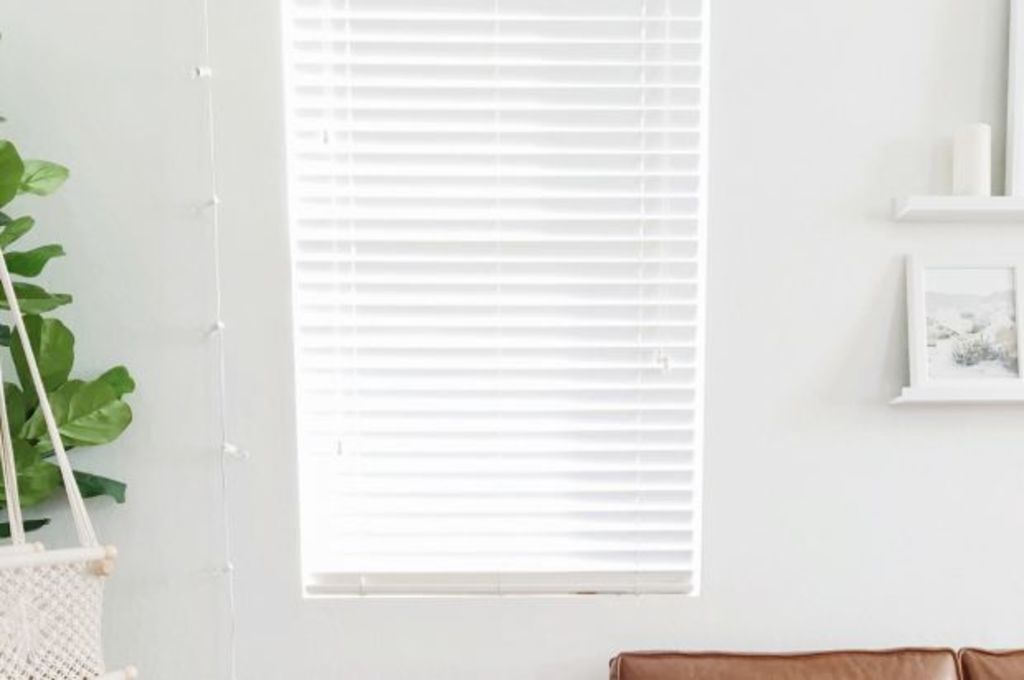Which type of flooring should you choose for your home makeover?

If you’re updating or modernising your home, the flooring you choose will have an enormous impact on the overall look and feel of your property.
Get it right, and your design choices will be enhanced, but get it wrong, and you might just bring down the whole tone of your project. Here are a few things to consider when deciding between flooring options.
Floating timber
Floating timber floors look beautiful. They feel good to walk on, and they don’t get cold, so they are a good hard floor option where winters are chilly. While they are generally easy to clean, if you go for a timber that doesn’t have much of a grain, or one that is quite dark, you will find that every bit of dust will show.
One of the advantages of a floating timber floor is that they can be laid over the top of existing flooring such as tiles, like in this client’s house. Be aware that doing this will increase the height of your floor, which may have an impact where the floor meets the threshold.
Floating timber floors are one of the most expensive options but they last a long time and, in the event that they get damaged, they are generally easily replaced. Just make sure you keep a few spare planks on hand.
Tiles
The best thing about tiles is that they are so easy to maintain. Try to steer clear of those that are very light or very dark and they won’t show up the dust as much. Go for a colour that is a little more middle of the road and has a very subtle pattern or vein rather than a dead flat colour.
Tiles are generally quite affordable, readily available and easily laid. You can often DIY, but only if you’re absolutely sure you can do the job properly.
Tiled floors are also a great option for hotter climates, but if you’re in a cooler zone it may be best to go with another option. They’re also hard to walk on, so if you have back problems, this may not be the best choice for you.
Handy little decorator tip – don’t choose tiles if your internal walls are exposed brick or another hard surface as you will find noise is amplified and will echo.
Vinyl planks
There is a whole new range of fantastic vinyl planks out there these days, so they’re worth some serious consideration. Not only is there an assortment of styles available but you can also choose a waterproof vinyl plank, which is fantastic if you want to take the flooring through to the laundry.
Softer underfoot than tiles, vinyl planks are cool but not cold, so they’re an excellent choice for a range of climates. They are also easy to maintain, and the higher quality ones are hard wearing, so it’s easy to keep them looking good.
Vinyl on a roll
Vinyl on a roll is suitable for a range of climates. If you have a rental property, or you’re updating some lower budget housing, this flooring may be a good option as it’s inexpensive to purchase and lay.
It could also be suitable for an area like a rumpus room, or a room that is separate from the main house. However, if you’re looking to really make your interior decorating choices pop, don’t choose this option; even with a pattern, vinyl on a roll looks flat and uninspiring.
Carpet
In comparison to other flooring options, carpet is warm and soft underfoot so, depending on what climate zone you are in, it may or may not suit you. Carpets are not as easily cleaned as hard surfaces, but a good vacuum will help keep them looking their best.
Quality varies, so if you’re updating a rental property or have a young family, choose stain-resistant options. The composition of the carpet will affect the price, but there is such a variety of styles available that you should be able to find one that suits your budget and lifestyle.
Good luck! It’s a big decision, so take some time to think through the options.
Jane Eyles-Bennett is one of Australia’s leading home renovation and interior design experts. She is an award-winning interior designer with more than 25 years experience designing the interiors and exteriors of homes; specialising in kitchens, bathrooms and living spaces.
Contact Jane at jane@hotspaceconsultants.com or via her website.
We recommend
States
Capital Cities
Capital Cities - Rentals
Popular Areas
Allhomes
More







